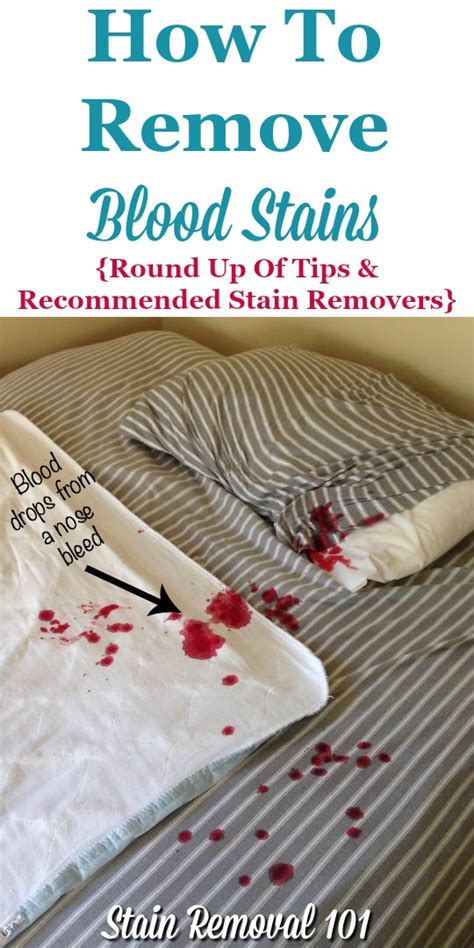How to Remove Blood Stains: A Comprehensive Guide
Blood stains can be a daunting cleaning challenge, but with the right approach, you can effectively remove them from various fabrics and surfaces. This guide provides a step-by-step process for tackling fresh and old blood stains, ensuring your belongings remain spotless.
Understanding Blood Stains
Before diving into removal methods, it's crucial to understand the nature of blood stains. Blood is a complex protein that, when dried, can become deeply embedded in fibers. The key to successful removal is acting quickly and using the right techniques. The longer a blood stain sits, the harder it will be to remove completely.
Removing Fresh Blood Stains
The sooner you address a fresh blood stain, the better your chances of complete removal. Follow these steps:
-
Act Quickly: Blot (don't rub!) the stain with a clean, absorbent cloth or paper towel to lift as much blood as possible. Rubbing will only spread the stain and push it deeper into the fabric.
-
Cold Water Rinse: Rinse the stained area with cold water. Hot water will cook the protein in the blood, making it much harder to remove. Continue blotting with a clean cloth to absorb excess water and blood.
-
Pre-treat (Optional): For tougher stains or delicate fabrics, consider a pre-treatment. A gentle laundry detergent, enzyme cleaner (specifically designed for blood), or a paste of baking soda and cold water can work wonders. Apply the chosen solution, let it sit for a few minutes, then gently blot again.
-
Laundry: Wash the item according to the care label instructions, using cold water. Avoid using bleach, which can set the stain and potentially damage the fabric.
Removing Old Blood Stains
Old blood stains require a more intensive approach. The following steps are effective for older stains, but success isn't guaranteed on severely aged or set stains.
-
Soaking: Soak the stained item in cold water for at least 30 minutes, or longer for heavily stained items. You can add a small amount of laundry detergent or enzyme cleaner to the soak water.
-
Hydrogen Peroxide (for white fabrics ONLY): For white fabrics, apply a small amount of 3% hydrogen peroxide directly to the stain. Let it sit for a few minutes, then blot gently. Hydrogen peroxide can bleach colored fabrics, so avoid using it on anything other than white materials.
-
Enzyme Cleaner: Enzyme cleaners are specifically formulated to break down protein-based stains like blood. Follow the product instructions carefully for best results.
-
Baking Soda Paste: A paste made from baking soda and cold water can be applied to the stain and left to dry. Once dry, brush away the paste and launder the item.
-
Laundry: After pre-treatment, launder the item according to the care label instructions, using cold water.
Removing Blood Stains from Different Surfaces
The methods described above primarily focus on fabrics. However, the principles remain similar for other surfaces:
Carpets and Upholstery:
- Blot immediately with a clean cloth and cold water.
- Use a specialized carpet or upholstery cleaner, following product instructions carefully. Always test a small, inconspicuous area first.
Hard Surfaces (e.g., countertops, floors):
- Wipe up excess blood with a damp cloth.
- Clean with a solution of warm water and mild dish soap.
Important Considerations:
- Always test any cleaning solution on a hidden area of the fabric first to ensure it doesn't cause discoloration or damage.
- Never use hot water on blood stains.
- Be patient and persistent. Removing blood stains may require multiple attempts. If the stain persists after several attempts, consider professional cleaning services.
By following these steps and understanding the nature of blood stains, you can significantly increase your chances of successfully removing them from your clothes, carpets, and other surfaces. Remember to always act quickly and use appropriate cleaning methods for the specific material and age of the stain.
